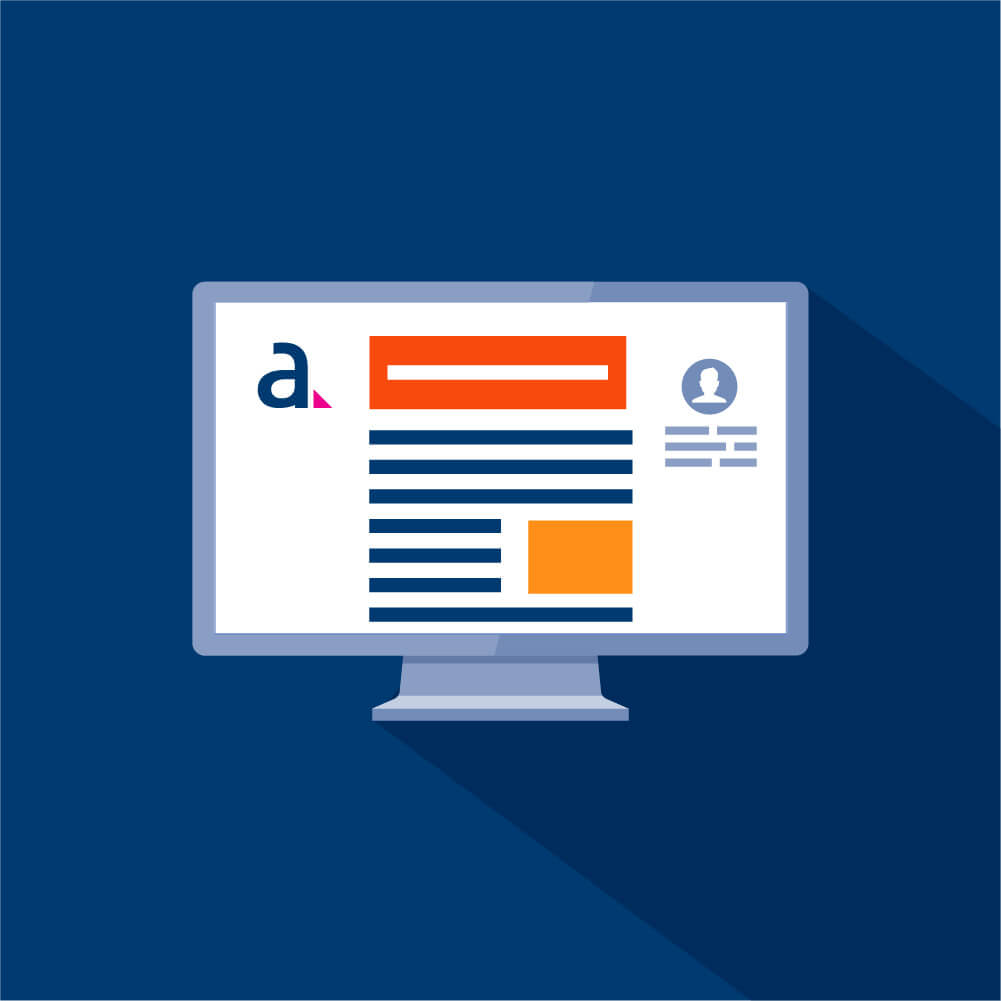Today’s guest post is brought to you by Arnall Golden Gregory partner Montserrat Miller. Montserrat is a respected thought leader in immigration, background screening compliance, and I-9 and E-Verify matters.
Montserrat runs the blog Immigrationcomplianceinsights.com where this article was originally published.
We’re all busy and regardless of your industry, those responsible for hiring our workforce are pulled in many different ways and have to keep abreast of countless local, state and federal workplace related laws and regulations. The goal of this article is to take one aspect of the hiring process and break it down into five steps which will hopefully lead to greater immigration-related compliance.
Here goes. How to hire and maintain a legal workforce in five (overly) broad steps:
- Form I-9: All new hires (but not independent contractors) must complete an Employment Eligibility Verification Form (Form I-9) within three business days of hire. The Form I-9 is a two-page document issued by U.S. Citizenship and Immigration Services (USCIS) that verifies identity and work authorization. Employers must have available for inspection by Immigration and Customs Enforcement (ICE) their Forms I-9 for any employee hired post November 6, 1986. (See, Immigration Reform and Control Act of 1896 (Public Law 99-603), Section 274A(b) of the Immigration and Nationality Act and 8 C.F.R. section 274a.2). If an employer does not have Forms I-9 for their existing workforce hired after this date, ICE will allege noncompliance and the employer will be subject to civil penalties ranging from $110 to $1,100/violation for, for example, failing to produce a Form I-9. If you are reading this and suddenly realize you do not have Forms I-9 for your employees, call me to address remediation. This really is a situation where you do not want to do this yourself as you could, even if well-intentioned, make your situation worse. How? By backdating all of the Forms I-9. As a general rule, you never want to backdate a form.
- In addition to completing a Form I-9 for any new hire, an employer must maintain a Form I-9 for all current employees. Employers may destroy such forms, but only once an employee has been terminated and the requisite time period has passed. What’s the time period? Three years after date of hire or one year after termination, whichever is later. In addition to maintaining Forms I-9 for current employees, an employer must re-verify the work authorization of any employee who has temporary work authorization, such as a work permit. Section 3 of the Form I-9 is used for this purpose. Employers may maintain the Form I-9 in paper format, electronically or by using an electronic I-9 vendor.
- E-Verify: This is the federal government’s electronic employment eligibility verification program administered by USCIS, the same agency within the Department of Homeland Security that administers the Form I-9. E-Verify is a separate requirement from the Form I-9. The Form I-9 is required for all employees, but use of the E-Verify system is voluntary unless (and that’s a big “unless”) an employer is in a state that mandates use of the E-Verify system or are a federal contractor with the Federal Acquisition Regulation mandated clause requiring its use. Georgia is an example of a state that requires private employers within the state to use E-Verify and ties a company’s use to applications for, or renewals of, business licenses. Note that in some states, including Georgia, not only is there a state mandate to use E-Verify for private employers, but there is also a mandate to use E-Verify for public works contracts. Typically the state entity will write such language into the terms of the agreement or as a condition of a proposal.
- Enrolling in E-Verify is easy, painless and free. According to USCIS, it is used nationwide by more than 600,000 employers at more than 1.9 million hiring sites. To create a case in E-Verify, an employer enters information from the completed Form I-9 into the system and E-Verify will display an initial case result within a few seconds. Note that like the Form I-9, employers must create a case in E-Verify within three business days of hire. Again, according to USCIS, 98.78% of cases created in E-Verify are automatically confirmed as work authorized. At which point, an employer should close the case in the system. In cases where an employee is not automatically confirmed as work authorized, an employer may receive a Tentative Nonconfirmation (TNC). A TNC requires certain steps be taken by the employer, including advising the employee of the notice and not taking any adverse action during the pendency of the employee’s attempt to address the TNC. One major caveat about the E-Verify system. It does work and therefore, certain employers/industries may potentially experience workforce shortages due to E-Verify use. All employers using the system must post participation posters to inform current and prospective employees of their participation. These posters must be posted in English and Spanish and include the E-Verify Participation Poster and the Right to Work Poster.
- Remote Hires and Government Audits: First, remote employees. Not all employees work in an office or near an office where they can easily complete the Form I-9 within three business days of hire. These are considered “remote hires” and because ICE is operating in the 20thcentury when Skype and other useful technology did not exist, employers must complete the Form I-9 for these individuals using a trusted agent or representative. This can be anyone, including a notary or the dog walker. The employee must still complete section 1 of the Form I-9 and the employer’s agent or representative must complete section 2 in its entirety, including a tactile inspection of the document(s) presented by the employee for section 2 purposes. This means, no photocopying of the documents by the employee and sending them to Human Resources for completion of section 2. Read the employer attestation in section 2 carefully to understand what you are attesting to. Second, worksite enforcement. ICE does audit employers’ compliance with our immigration laws, including proper completion of the Form I-9 as well as whether an employer knowingly hires or continues to employ an individual knowing they are not authorized to work in the United States. Note that ICE has entered into memorandums of understanding with other government agencies, including the Department of Labor, which means that what starts as a Form I-9 investigation could lead to other workplace investigations.
Above is not an attempt to provide legal counsel, but intended to be educational and provide a broad overview of general requirements. If you are currently addressing policies and procedures around your company’s use of the Form I-9 and E-Verify, or are the subject of a government investigation by ICE, I am happy to discuss these with you and provide legal counsel.
View the original post on Immigrationcomplianceinsights.com.



